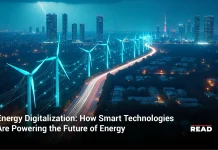What is Floating Solar?
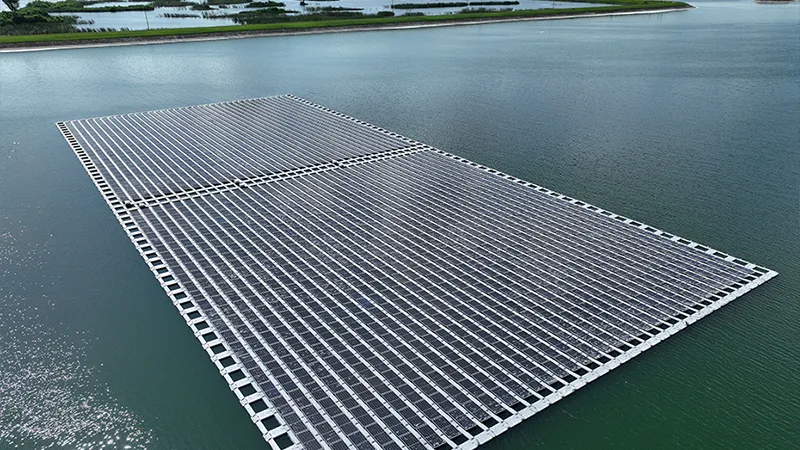
Floating solar, also known as floating photovoltaic (FPV) or floatovoltaics, refers to solar power installations mounted on a structure floating on a body of water surfaces, such as a reservoir, lake, or ocean. Unlike traditional land-based solar panels, floating solar panels are installed on platforms that float on the water’s surface.
Interestingly, floating solar panels keep fresh water reservoirs clean while also helping to generate renewable electricity.
This concept is popular globally, but only a handful are in the United States. The first ever floating solar project was installed at Far Ninete Winery in California.
Recently, some pilot projects are going on in the U.S. In 2023, Duke Energy took over the construction of pilot panel floats in a cooling pond in Florida.
Notably, Duke Energy, a sizable American utility with over 50,000 MW of energy capacity, aims to produce zero net carbon emissions from electricity by the year 2050.
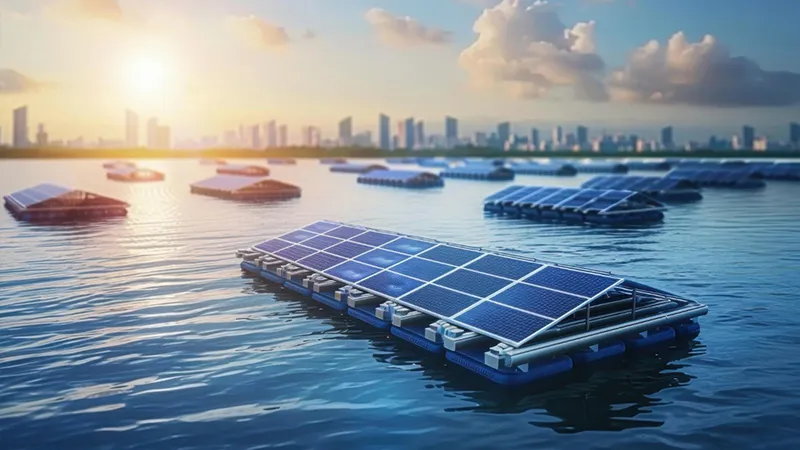
“It’s an efficient use of space,” said Duke Energy construction supervisor Don Keyes. “No need for land, no offsetting crops. We’re just making smart use of what we’ve got. And solar is growing like crazy. If there was ever a time to ask where to put all this stuff, it’s now.”
Here’s the interesting angle Don Keyes implemented: using bifacial panels instead of monofacial (conventional) ones.
Conventional solar panels only allow one side of the light to be captured by the light, reflecting the remaining light away.
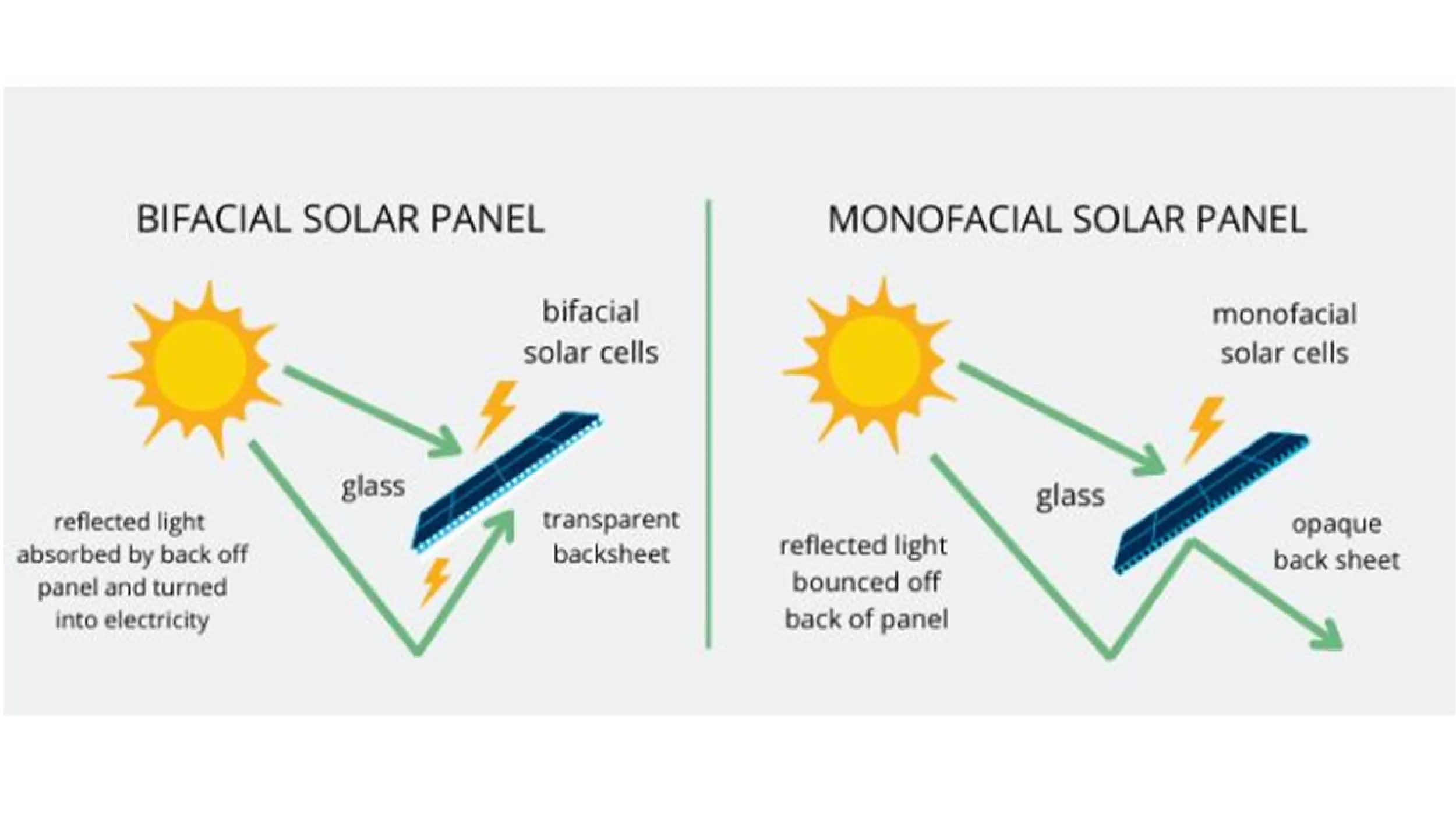 Bifacial solar panels can capture light from both sides and have the potential to generate between 10% and 20% more electricity than single-sided panels.
Bifacial solar panels can capture light from both sides and have the potential to generate between 10% and 20% more electricity than single-sided panels.
10% of the nation’s yearly electricity consumption might be produced by floating solar farms if they were placed on all artificial bodies of water in the United States, according to the National Renewable Energy Laboratory (NREL).
Now that we know that these floating solar panels help in sustainability, does this mean they have zero negative impact?
What Are the Disadvantages of Floating Solar?
Higher Maintenance Costs
Floating solar panels are relatively new, particularly in the U.S., leading to higher maintenance costs due to the limited number of professionals skilled in their upkeep.
However, this challenge may soon diminish as the installation of floating solar arrays becomes more widespread across the country.
Impact of Water on Solar Panels
While solar panels are designed to be waterproof, constant exposure to water could potentially harm them. If a panel breaks, prolonged water exposure could exacerbate the damage. Despite this, the concern is minor and should not deter floating solar panel installation.
Potential Disturbance to Aquatic Life
The impact on aquatic life is still under investigation, but there is a possibility that floating solar panels could interfere with the ecosystem by limiting sunlight penetration and occupying space within the water. The panels and their supporting structures could pose risks to animals unfamiliar with these installations.
The environmental impact on aquatic species is perhaps the most significant concern regarding floating PV systems. By covering a significant portion of the water surface, these panels can reduce evaporation and potentially alter thermal stratification, which can have cascading effects on aquatic organisms.
Increased Pathogen Growth
A study published by IWU raises concerns about the potential for increased pathogen levels in water bodies due to the shading effect of floating solar panels. This shading can alter the aquatic environment, potentially leading to conditions that favor the growth of harmful microorganisms.
Also Read: Renewable Energy Solutions: A Comprehensive Outlook for 2024
How Much Does Floating Solar Cost?
The cost of floating solar panels depends on several variables, including the size and location of the installation.
A floating solar PV system costs around 25% more than a ground-mounted PV system, mostly because of the greater structural expenses associated with the floats and anchoring.
In the United States, float costs are specifically between $0.20 and $0.40 per watt (WDC), plus possible overhead for handling, shipping, and upfront engineering.
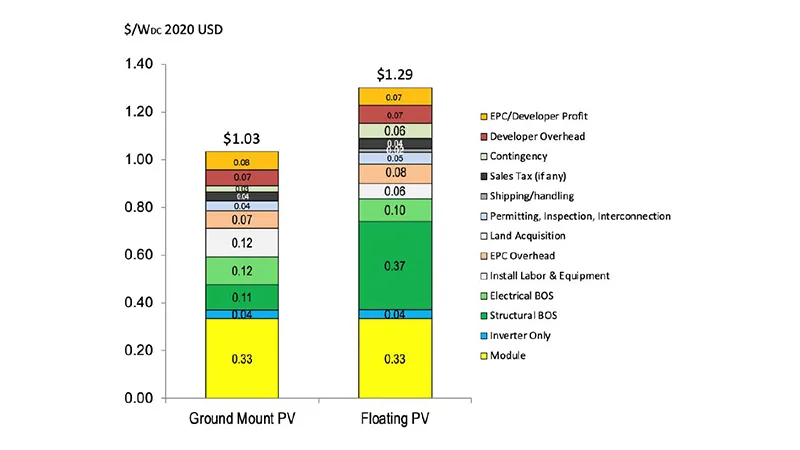 FPV systems do, however, have labor installation costs that are roughly 50% lower, which somewhat offsets the higher structural costs. Larger system sizes result in lower total costs because of economies of scale.
FPV systems do, however, have labor installation costs that are roughly 50% lower, which somewhat offsets the higher structural costs. Larger system sizes result in lower total costs because of economies of scale.
Even though floating solar systems are initially more expensive than traditional land-based solar systems, they have unique advantages, such as lower land consumption and less water evaporation, which can increase their overall value in some situations.
Do Floating Solar Panels Work?
Floating solar panels are effective and increasingly popular for renewable energy generation. Here’s how they function:
Floating solar panels are installed on specially designed platforms anchored to the waterbed or shore, ensuring stability despite water movements. The installation involves assembling floats and panels onshore before securing them on the water.
Like traditional solar panels, they use photovoltaic cells to convert sunlight into electricity, capturing solar energy during the day and transforming it into electrical power, which is transmitted through underwater cables to the grid or nearby facilities.
A key advantage of these systems is the cooling effect provided by the water beneath, which helps maintain optimal operating temperatures, leading to increased efficiency, especially in hot climates. Studies show that floating solar installations can achieve higher energy outputs compared to land-based systems due to this cooling benefit.
Float Away
As of 2024, China hosts over 50% of global floating PV system capacity. This is due to land scarcity, low photovoltaic (PV) costs, aggressive renewable energy targets, and increased market shares for floating solar. Asia is continuing this pace, followed by European countries, according to the International Renewable Energy Agency. 5-10 years down the line, maybe other countries might also catch up to this.

